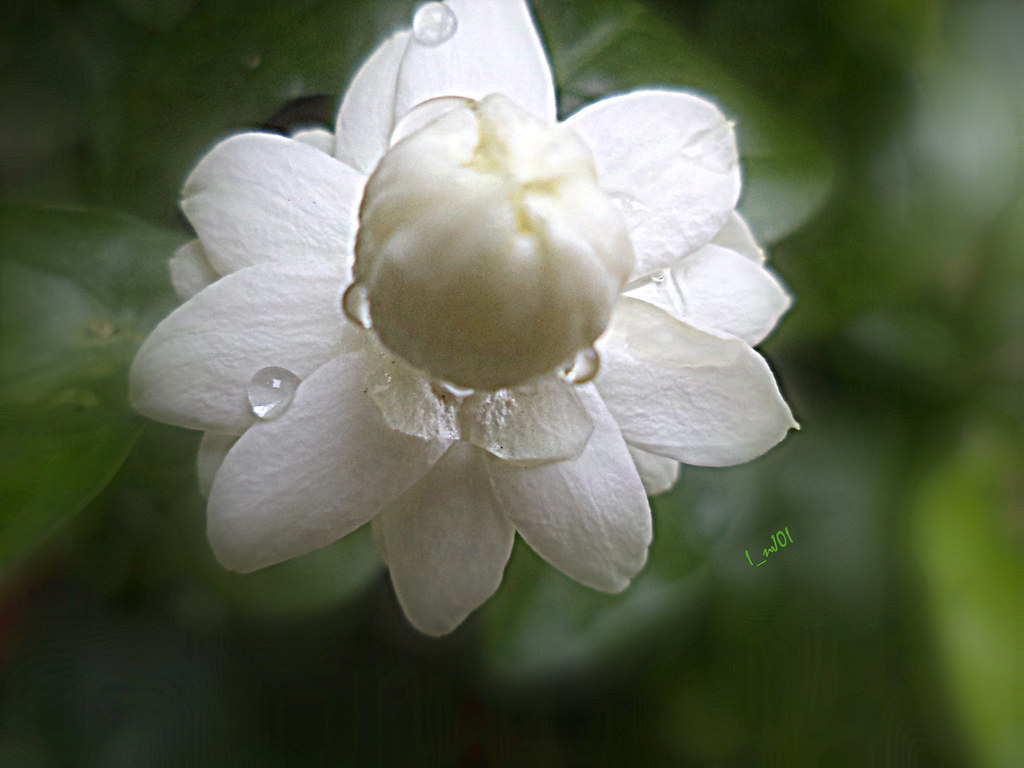Mogra, also known as Jasmine, is renowned for its fragrant blooms and enchanting beauty. Cultivating Mogra plants at home can bring a touch of elegance and a soothing aroma to your garden. Here’s a comprehensive guide on how to grow Mogra plants successfully, ensuring a flourishing display of delicate blossoms.

Choosing the Right Mogra Variety:
Begin your Mogra journey by selecting the right variety for your garden. Common varieties include Jasminum sambac, Grand Duke of Tuscany, and Arabian Jasmine. Each type has unique characteristics, so choose the one that suits your climate and preferences.
Selecting the Planting Location:
Mogra plants thrive in warm, tropical climates, requiring ample sunlight. Choose a well-drained spot that receives at least 6-8 hours of sunlight daily. If you’re cultivating Mogra in a container, ensure it has proper drainage holes.
Preparing the Soil:
Mogra plants prefer slightly acidic to neutral soil with good fertility. Enrich the soil with well-rotted compost or organic matter to improve its texture and nutrient content. Adequate soil preparation sets the stage for healthy root development.
Planting Mogra Seeds or Cuttings:
You can propagate Mogra plants from seeds or cuttings. If using seeds, soak them in water for a few hours before planting. For cuttings, select healthy, non-flowering stems and plant them directly into the soil or a well-draining potting mix.

Providing Regular Watering:
Mogra plants appreciate consistent moisture, especially during the growing season. Water the plants regularly, allowing the soil to dry out slightly between waterings. Avoid waterlogged conditions, as excessive moisture can lead to root rot.
Feeding Mogra Plants:
To promote healthy growth and abundant flowering, feed your Mogra plants with a balanced fertilizer during the growing season. Apply the fertilizer according to package instructions, typically every 4-6 weeks. Cease fertilization during the dormant winter months.
Training and Pruning:
Mogra plants can be trained to a desired shape and size through regular pruning. Prune after the flowering season to shape the plant and remove dead or crowded branches. This not only enhances the plant’s appearance but also encourages new growth.
Protecting Mogra from Pests and Diseases:
Keep an eye out for common pests like aphids and whiteflies. Use organic pest control methods or insecticidal soap to manage infestations. Well-spaced planting and proper air circulation help prevent diseases like powdery mildew.

Harvesting Mogra Flowers:
The reward for your Mogra-growing efforts is the fragrant blossoms. Harvest the flowers in the early morning when the fragrance is most potent. Use them to make garlands, perfumes, or simply enjoy the aromatic beauty in your home.

